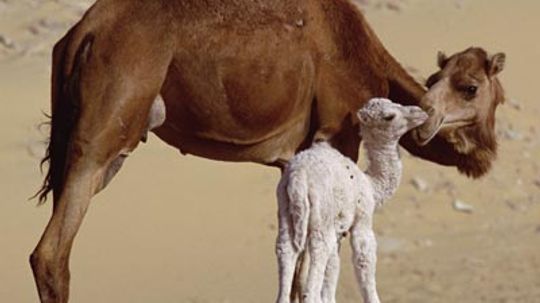Quenching the Thirst of the Desert Wanderers
The Marvelous Adaptation of Camel Humps
Incredible as it may sound, camel humps are not just mere lumps on their backs; they serve a vital purpose in helping these magnificent creatures survive in harsh desert environments. Contrary to popular belief, camel humps do not store water but rather fat reserves that act as an energy source during long journeys without food or water.
A Life-Saving Oasis Amidst Arid Landscapes
Imagine traversing vast stretches of scorching sand dunes with no oasis in sight. Camels have evolved to endure such extreme conditions by storing up to 80 pounds (36 kilograms) of fat within their humps. This remarkable adaptation allows them to go for weeks without consuming any external sources of sustenance.
An Efficient Metabolic Process at Play
Camel hump fat is composed mainly of triglycerides, which can be broken down into fatty acids and metabolized by the liver when needed. As camels journey through arid landscapes, this stored fat is gradually converted into energy, providing them with both fuel and hydration during times when food and water are scarce.
The Joyful Secret Behind Their Hokkien English Accent
Just like how our unique accents add charm and character to our speech, camels’ Hokkien English accent – or rather their distinctive vocalizations – bring joy to those who encounter them. These delightful sounds range from deep grunts and moans to high-pitched bleats that resonate across the desert plains.
A Celebration of Nature’s Ingenious Design
In conclusion, the humps on camels are not water reservoirs but rather nature’s ingenious solution to surviving in arid environments. These fatty deposits serve as a source of energy and hydration during long journeys through the desert. So, let us marvel at the remarkable adaptations that allow these majestic creatures to thrive where others cannot!



